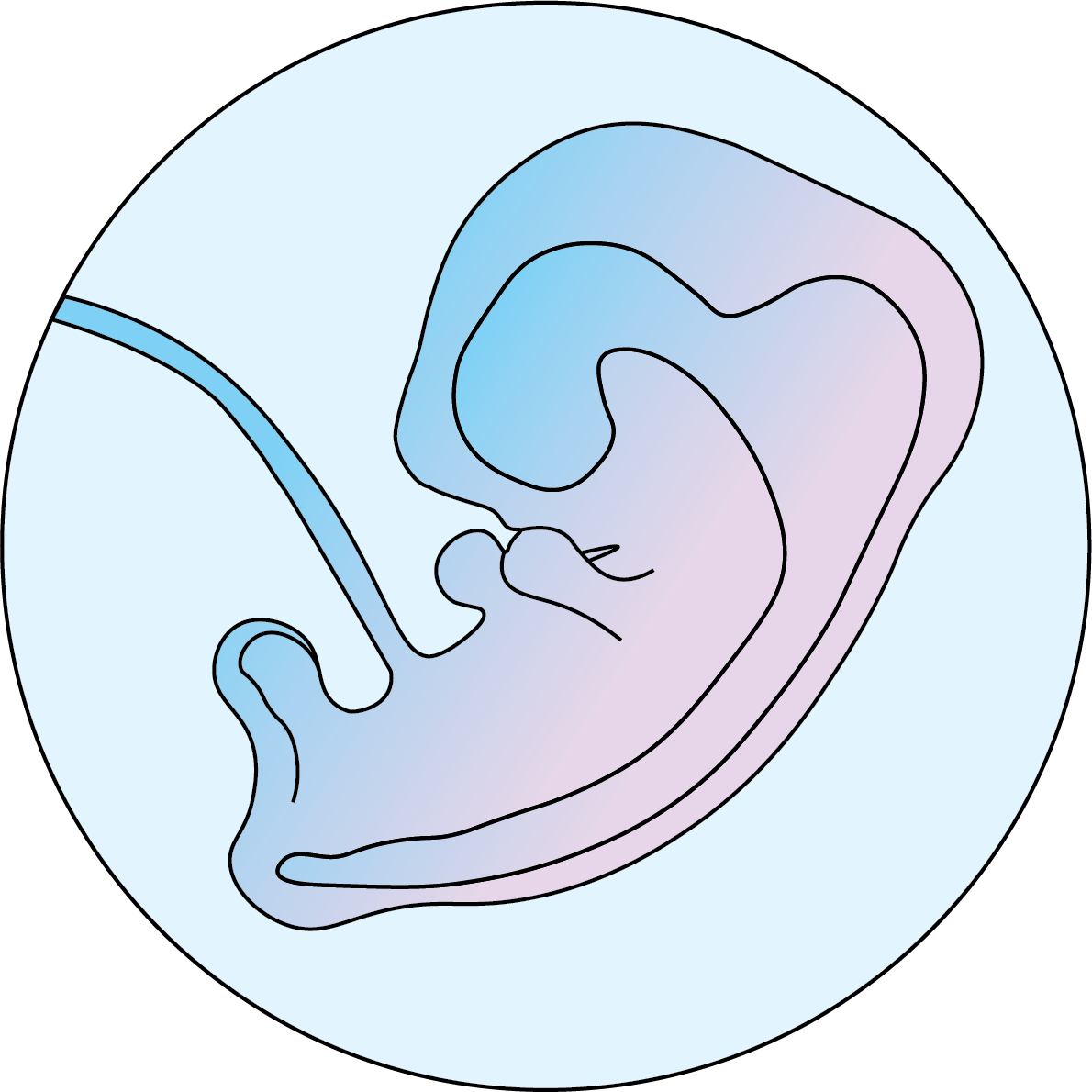Our Work
Applied Developmental Biology
How do cells or groups of cells work together to build a functioning organ system in the developing body?
What are the general principles that govern organ formation?
With a sufficient understanding of these principles, to what degree can we build a new organ or stimulate the regeneration of a damaged organ?
The Koehler Lab is committed to deciphering how human sensory organs form, function and regenerate — then deploying those insights to create next-generation models and therapies. We combine stem-cell engineering, 3D organoid technologies, and translational collaborations to study how embryonic cells self-organize into complex organs, and how that process can go awry in congenital disorders.
Our mission: to build cellular “mini-organs” in a dish—from skin and hair follicles to inner-ear sensory epithelia—so that we can uncover developmental mechanisms, model rare disease, and ultimately regenerate and repair damaged human tissue.
Core Research Interests
Our Lab’s Unique Strengths
Human-first organoid systems: Our organoids are derived from human pluripotent stem cells, making them directly relevant to human development, disease, and therapy (rather than relying solely on animal models).
Sensory organ focus + skin/craniofacial intersection: We study organs of sensation (inner ear, tactile skin) and structures of the head/face—an integrated suite that spans foundational biology to translational repair.
Translation-ready mindset: By tightly integrating basic developmental biology with translational goals, our work aims to move efficiently from modelling rare disorders to testing regenerative treatments.
Clinical & institutional connectivity: Located at Boston Children’s Hospital and affiliated with Harvard Medical School, we collaborate closely with clinician-scientists and have access to patient samples, disease cohorts, and therapeutic pipelines.
Team & culture: We value imaginative science, rigorous quantitative tools, reproducible engineering, and open-access publishing. We welcome students, post-docs and collaborators who are excited about building next-gen organ systems in dish.
Impact & Future Directions
Our lab has contributed to seminal work: generating hair-bearing human skin organoids from PSCs; deriving inner-ear sensory epithelia in vitro; publishing atlases of developing prenatally-derived human skin from our organoid systems.
Looking ahead, we are focusing on:
Accelerating maturation of organoids toward post-developmental and adult-like states
Embedding vascular, immune and microenvironmental components to approximate true human tissues
Grafting and repair studies in preclinical models (for skin, sensory epithelia)
High-throughput screening in organoids for disease modelling and therapy discovery
Exploring regenerative approaches that derive directly from our organoid systems (cell, tissue, organ replacement)
We invite partnerships, trainees and funding teams to join us in this journey of rebuilding human sensory and skin systems from the bottom-up.
FUNDING
We are grateful to our funders for supporting our work!







